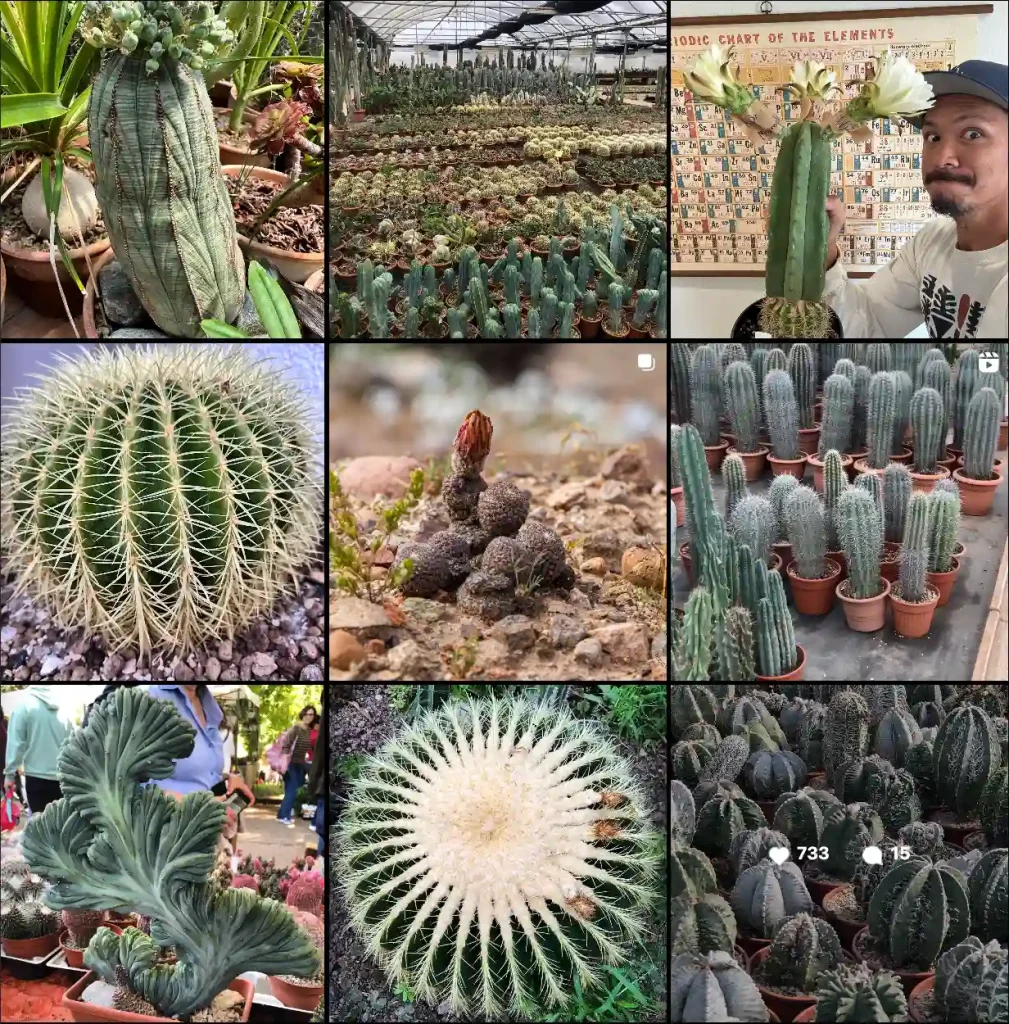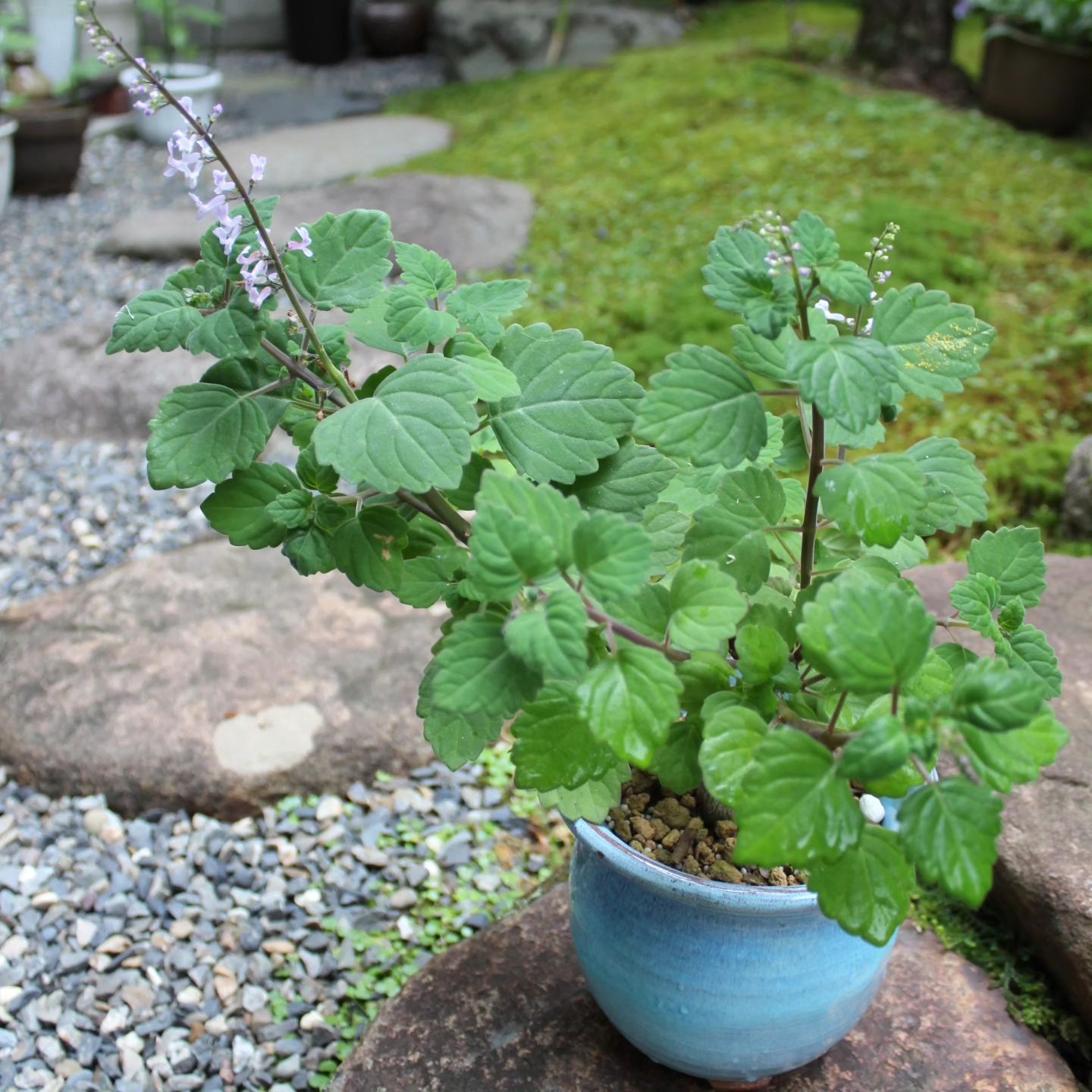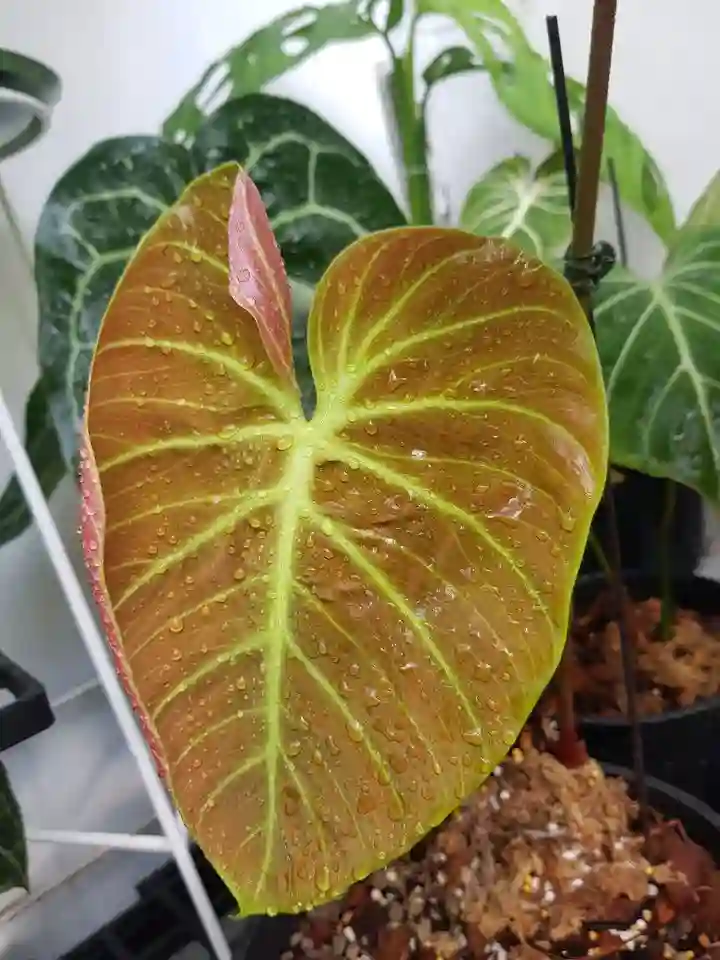My Fascination with Umbilicus: A World of Navelworts
I, Ferb Vu, have always been drawn to the unique and unusual in the natural world. So when I first encountered the genus Umbilicus, with its curious fleshy leaves and distinctive “navel-like” depressions, I was instantly captivated. These plants, commonly known as navelworts, belong to the Crassulaceae family, famed for succulents like sedums and jade plants. But Umbilicus possesses a charm all its own.
Uncovering the Diversity within Umbilicus
The genus Umbilicus boasts a surprising diversity, with over ninety species spread across various regions. From the rocky cliffs of the Mediterranean to the mountains of East Africa, these resilient plants have adapted to a variety of habitats. Here are:
- Umbilicus rupestris: Umbilicus rupestris, commonly known as the navelwort or wall pennywort, is a perennial plant native to rocky habitats in Europe. Characterized by its fleshy, rounded leaves that resemble a navel, this species often grows in crevices of walls or rocky outcrops, giving it its name. The leaves are a vibrant green and can develop a reddish tinge in full sunlight. In late spring to early summer, it produces clusters of small, bell-shaped yellow-green flowers that add a subtle charm to its appearance. This resilient plant is not only valued for its ornamental qualities but also has historical uses in traditional medicine.
- Umbilicus horizontalis: Umbilicus horizontalis, also known as the creeping navelwort, is a low-growing perennial that thrives in similar rocky habitats as its relatives. It features a distinctive prostrate growth habit, allowing it to spread across surfaces, making it an excellent ground cover. The leaves are thick, succulent, and somewhat leathery, which helps the plant retain moisture in drier conditions. During its flowering season, which typically occurs in late spring, the plant produces small clusters of yellow-green flowers that are attractive to pollinators. Umbilicus horizontalis is appreciated for its ability to stabilize soil and add a lush, green aesthetic to gardens and natural landscapes.
- Umbilicus chloranthus: Umbilicus chloranthus, or the green navelwort, is a less common species within the Umbilicus genus, known for its strikingly glossy green leaves that grow in a rosette formation. This perennial plant prefers shaded, moist environments, often found in woodland areas or among shaded rock faces. The leaves can grow quite large, creating a lush carpet effect on the forest floor. It blooms in spring, producing delicate clusters of small greenish-yellow flowers, which are a subtle contrast to its foliage. Umbilicus chloranthus is valued for its ornamental appeal in shaded garden areas and its role in supporting local biodiversity by providing habitat and food for various insects.
- Umbilicus albido-opacus Carlström
- Umbilicus botryoides Hochst. ex A.Rich.
- Umbilicus citrinus Wolley-Dod
- Umbilicus gaditanus Boiss.
- Umbilicus heylandianus Webb & Berthel.
- Umbilicus intermedius Boiss.
- Umbilicus luteus (Huds.) Webb & Berthel.
- Umbilicus mirus (Pamp.) Greuter
- Umbilicus paniculiformis Wickens
- Umbilicus parviflorus (Desf.) DC.
- Umbilicus patens Pomel
- Umbilicus schmidtii Bolle
- Umbilicus tropaeolifolius Boiss.
The Allure of the Umbilicate Leaf
The defining feature of the Umbilicus genus is undoubtedly the umbilicate leaf. This unique characteristic, from which the genus derives its name, refers to the central depression that resembles a navel. This adaptation serves an important purpose, allowing the plant to collect and channel rainwater directly to its roots, an essential survival strategy in its often arid habitats.
Beyond their functional significance, these umbilicate leaves possess an undeniable aesthetic appeal. Their smooth, fleshy texture and circular form create a sense of visual harmony, while the central depression adds a touch of intrigue. It’s no wonder that these plants have found their way into gardens and rockeries, where they provide textural interest and a touch of the unexpected.
Exploring the World of Umbilicus
My journey with Umbilicus has led me to explore diverse habitats and encounter these fascinating plants in their natural environments. I’ve clambered over rocky slopes in search of rare species, marveling at their ability to thrive in seemingly inhospitable conditions. I’ve cultivated them in my own garden, observing their growth habits and appreciating their resilience.
Each encounter with Umbilicus has deepened my appreciation for the diversity and ingenuity of the plant kingdom. These seemingly simple plants, with their unassuming forms and understated beauty, hold a wealth of fascinating adaptations and ecological significance. As I continue to explore the world of Umbilicus, I’m constantly reminded of the wonders that await those who take the time to observe and appreciate the natural world around them.
If i die, water my plants!



